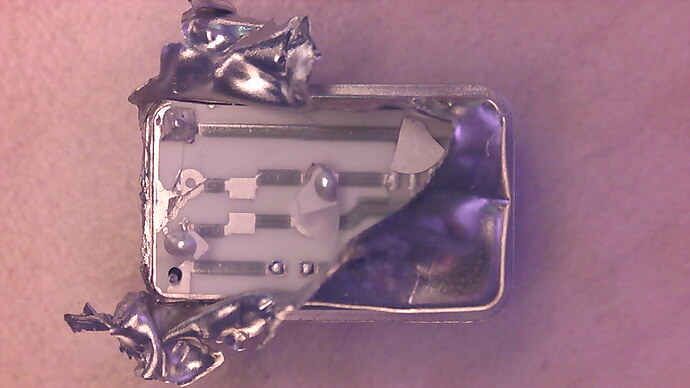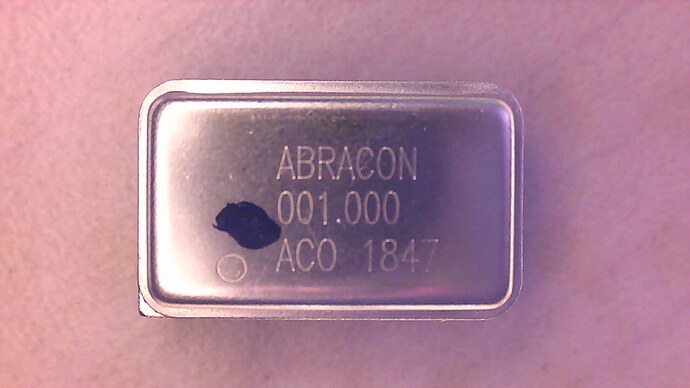Quartz crystal microbalances are used in the field of PVD film deposition to monitor the thickness of a deposited layer. In general, it might be valid to say that a system with a high Q-factor can be more easily made very sensitive to small effects (cf. an F-P resonator in a fiber optic sensor - although interferometry also gains sensitivity from the small wavelength of light) compared to more direct readout techniques, like a capacitive balance or a resistivity measurement.
Ben Krasnow has a nice overview of one of these devices and DIYs his own sensor heads from TTL oscillator modules
This paper has a nice introduction to the theory, and uses a standard 10 MHz AT-cut crystal.
[1] Mueller RM, White W. Direct gravimetric calibration of a quartz crystal microbalance. Review of Scientific Instruments 1968;39:291–5. https://doi.org/10.1063/1.1683352.
This latter situation is the usual
one, since the total loading of the crystals should be
limited to 1% of the mass of the crystal.
Mueller_White_1968_Direct gravimetric calibration of a quartz crystal microbalance.pdf (644.4 KB)
I didn’t have a commercial QCM instrument and didn’t want to build a crystal driver circuit (which can be fiddly). The mounting and support of the crystal can also be difficult. Unlike a bare “crystal”, you can get pre-packaged “oscillator” modules which contain both a quartz crystal and the requisite driver circuitry - I planned to then monitor the output square wave with a frequency counter.
QCM elements are usually considered disposable, so throwing away the driver
I purchased 5x Abracon ACO1847 1 MHz oscillators.
I sacrificed a crystal to determine the position of the internal quartz element. It appears to be less than 0.6mm from the top of the casing and 8.13 mm in diameter, with 6 mm safe open aperture between the mounting supports. Looking at the oscillator upright, with the text readable, the first mounting peg is 8.8 mm from the right side (measuring from the body, not the flange) and 6.58mm from the bottom. The second mounting peg is 16.14mm from the right and 2.15mm from the bottom. The crystal element is 0.208mm thick. Unfortunately the crystal got broken. To cut an aperture into the case, you might be able to file away the top or plunge with a flat endmill in a CNC.
These oscillator cans are meant to be hermetically sealed to maintain the stability of the crystal. The internal circuit is printed on cofired ceramic tapes - and so i’d wager they would be UHV compatible.

